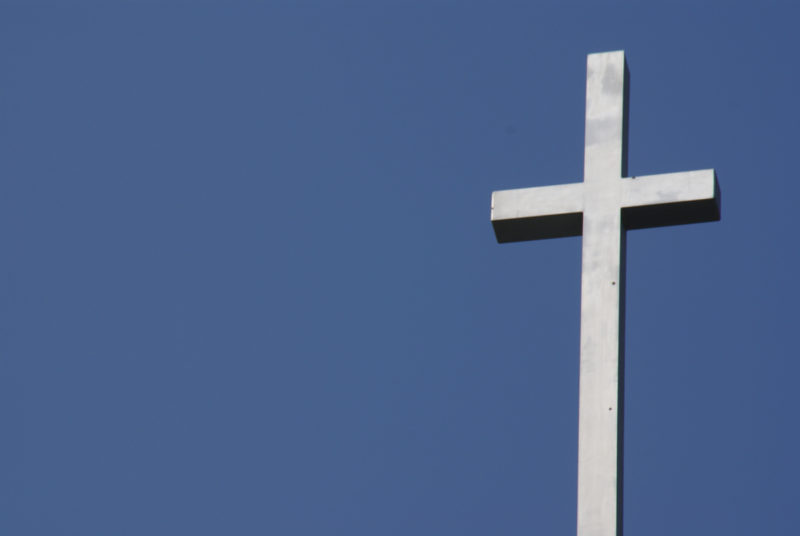The “religious right” is a phrase we’re all familiar with. But we’re maybe not so familiar with the “religious left.” With churches offering asylum for individuals facing deportation or rallying around protecting Obamacare, more religious groups are creating coalitions on the left.
Scott Malone, reporter for Reuters, says this is a side of liberalism that we’re seeing come into its own in the Trump era.
“You’re definitely seeing a surge in activism, a surge of activity among the religious left,” Malone says. “We’re seeing a level of activity that we really haven’t seen in decades.”
Malone says that religious groups don’t necessarily align with one party.
While the left has typically been proponents of the separation of church and state, many leaders are looking to incorporate religious groups to build support and use their organizational capacity.
“You can see some ad-hoc coalitions coming together around certain issues and maybe separating on others,” Malone says.
While the religious right certainly played a large role in conservative politics in the 1980s, Malone says that there was a long organizational process required to get to that level of influence.
“You think of the 80s as one of the first times that the religious right really emerged as a powerful and effective force,” Malone says. “That was the result of organizing and planning and efforts that started in the 60s and in the 70s. It took time.”
Malone says that it remains unclear whether the religious left will gain influence over time in the same way that the religious right did. He says that the left could go in a different direction before getting to the same amount of religious influence. For now, time will tell as these coalitions continue to influence policy-making in ways they haven’t in recent years.
Written by Emma Whalen.







